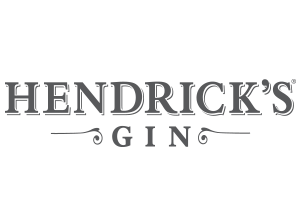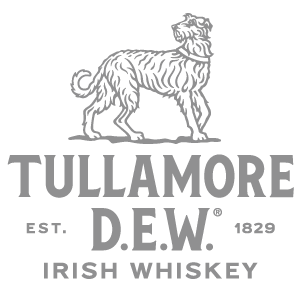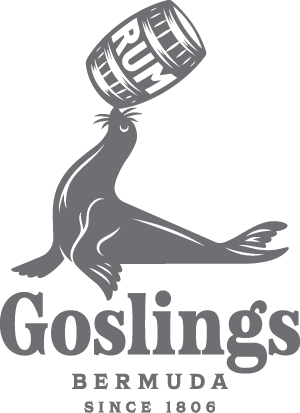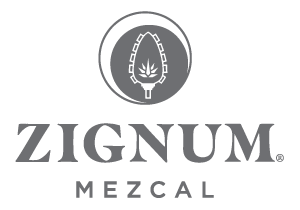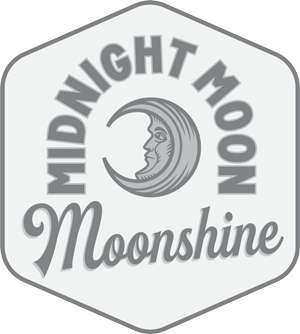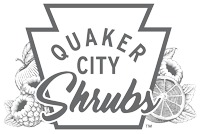
East of Woodstock, tucked beneath Mount Whiteface, and just a half hour’s drive from the Maine border, lies the small town of Tamworth, incorporated back in 1766—a quiet and unassuming village that was once called home by luminaries of American culture including Grover Cleveland, Henry David Thoreau, and E.E. Cummings. Today, their influence remains impressed on Tamworth’s identity, couched in the Barnstormers Theatre, the oldest operating professional summer theatre in the country, and in its rich artist community.
But in 2019, Tamworth Distilling has taken over as the new town nucleus, a cool, rustic, down-to-earth distilling outfit meticulously producing spirits, from rye to vodka and gin to applejack, with a local focus. Years back, creator Steve Grasse, a student of transcendentalism who grew up summering in New Hampshire, met Madison native and whiskey enthusiast Jamie Oakes; their introduction started “an avalanche,” as brand ambassador Lulu Henle puts it, that led to the distillery’s conception. As Grasse and Oakes began discussing spirits, Oakes also started talking to Tamworth local Matt Powers, with whom he attended the local high school in his youth. Powers has a master’s in chemistry.


Oakes himself has a visual arts background and is something of an autodidact. Grasse, the mind behind Hendrick’s Gin and Sailor Jerry Rum, has a record of building enduring spirit brands. They all wanted to promote Tamworth, to breathe new, revitalizing life into the town’s heart, and so Tamworth Distilling was born. “When youth flight is a real issue, which it is in New Hampshire, that’s a really wonderful part,” says Henle. “Partly Steve did have that in mind when he chose a small town and he’s like, ‘Let’s boost this whole place.’”
Tamworth Distilling’s small staff either grew up in the area, as Oakes and Powers did, or wintered or summered in the area, as Grasse did; it’s a local labor of love on a human level. But the embrace of locality extends to how they approach their craft, too. Henle likens Tamworth’s from-scratch distilling aesthetic to buying cake mix at the grocery store. “A cake mix is still a yummy cake,” she says, “and you still want to eat it. But it’s just different.”
The extra steps the Tamworth team takes show in their spirits. Where most distilleries buy neutral grain pre-distilled, Tamworth distills everything from scratch, and nearly all of their materials come from New Hampshire. “We have direct relationships with the farms that grow all of our grains—or in the case of any of our brandy products, that grow the apples,” Henle explains. “We source all of those base ingredients from within a 150-mile radius of the distillery.” A portion of their spent grains is used in their distiller’s bread, sold on-site and made by a bakery five miles down the road; the remainder goes to a nearby organic farm to feed the pigs and cows. Together they make up an ecosystem of their very own.



The local emphasis means Tamworth Distilling will never make tequila or rum (unless by some miracle agave and sugar cane start springing up all over the state). But they’re game for everything else, and more importantly, they know how to make everything else tasty without sacrificing the spirits’ defining qualities.
Take William Whipple’s Winter Wheat Whiskey, first released in spring 2017 and named for the New Hampshirite who signed his name to the Declaration of Independence. Oakes and Powers used a mash bill comprising 75 percent red wheat, 15 percent malted barley, and a blend of chocolate malt and caramel malt for the remaining 10 percent; the result is grainy and bready, with the hint of heat that one expects from a sip of whiskey, but with bursts of dark cacao as background role players, adding a bitter richness to the flavor profile.
Now compare the Winter Wheat Whiskey with the Chocorua Straight Rye, whose appellation honors Mount Chocorua and Chocorua Lake as well as the legend of Native American Chief Chocorua; it’s a straightforward whiskey distilled from 100% rye. To qualify as “rye,” the mash has to be at least 51 percent rye. Most distilleries top out at 70 percent or 80 percent. Tamworth goes all the way to 100 percent, with no filler grains. That whiskey heat is guaranteed, and yet Chocorua Straight Rye has more of a warming effect than a burn, boasting a beautiful nose and smoke notes that mellow the rye out and create smoothness.
Both spirits meet preconceived expectations of how they’re supposed to taste, but they’re made so cleanly, and with such discernment in the selection of ingredients, that they read as distinct not only from one another but from other examples of their styles.


That level of distinction extends to Tamworth’s gins, this spirit being something of a blank canvas for experimenting with flavors and scents. “It’s exciting!” says Henle. “It’s a heavily gin-saturated market. With so many new craft distilleries popping up, gin is one of the more exciting areas where you can get very creative very early.”
Gin, after all, is more or less just vodka infused with juniper berries; hitting that metric is a simple feat, and after that, rules don’t apply. So Tamworth plays by their own, using a rotary evaporator in the gin-making process and looking in their backyard for inspiration. “Most of these incorporate botanicals and ingredients that are wildly foraged right around here,” Henle points out with pride, noting the Thai Chili gin as an obvious exception. “The whole idea for these gins is that we’re taking the flavors and smells of a particular time of the year and creating that into liquid.” So from one gin to the next, you’ll find chrysanthemum, linden flower, elderflower, labdanum, lavender, Orris root, or lemon verbena supplementing the coriander and juniper berries common to the form, and as a consequence each gin is wholly unique from the others. Flora smells like a flower garden. Tamworth Garden presents a punch of stone fruit. Thai Chili is remarkably gentle compared to its namesake. All of them are delicious.
That’s reason enough to visit Tamworth Distilling, though the surroundings don’t hurt. Even in the dead of January, when the town hibernates along with nature, the building is surrounded by a forbidding sort of beauty; when the weather turns and the ice melts, the area comes to idyllic life. And visiting is educational, too. “You’re going to try things here that you cannot try elsewhere, and you have that fun repartee of sampling and contrasting and comparing,” says Henle.
Educating customers is important, of course. But making great spirits is essential, and from farm to bottle, bottle to farm, that’s what Tamworth Distilling does.

For more information, visit tamworthdistilling.com.
